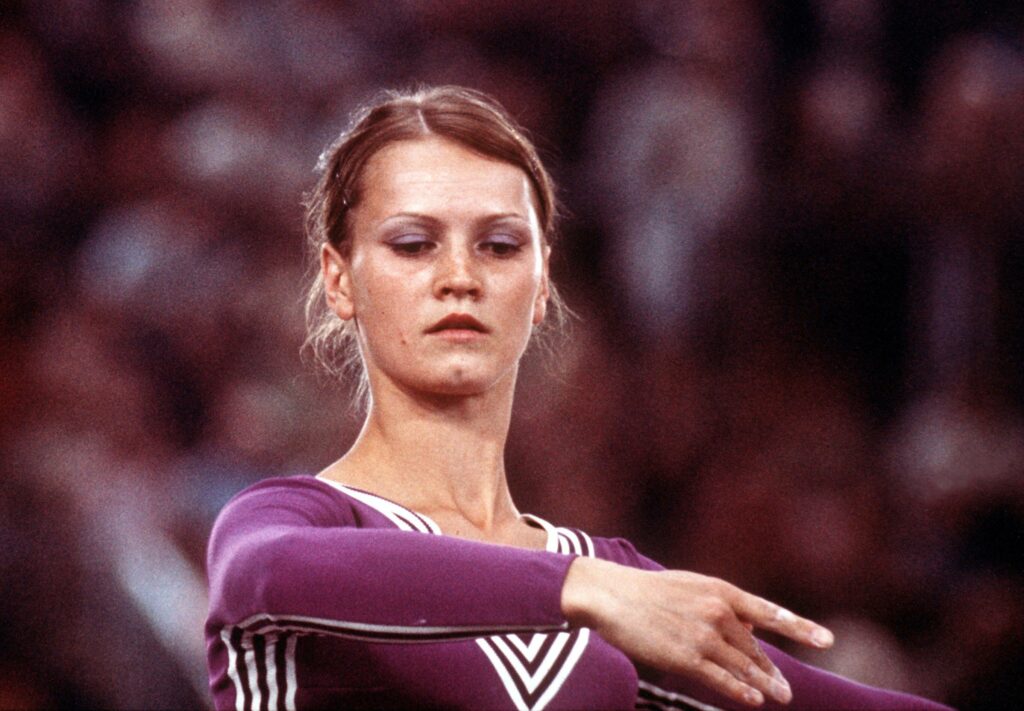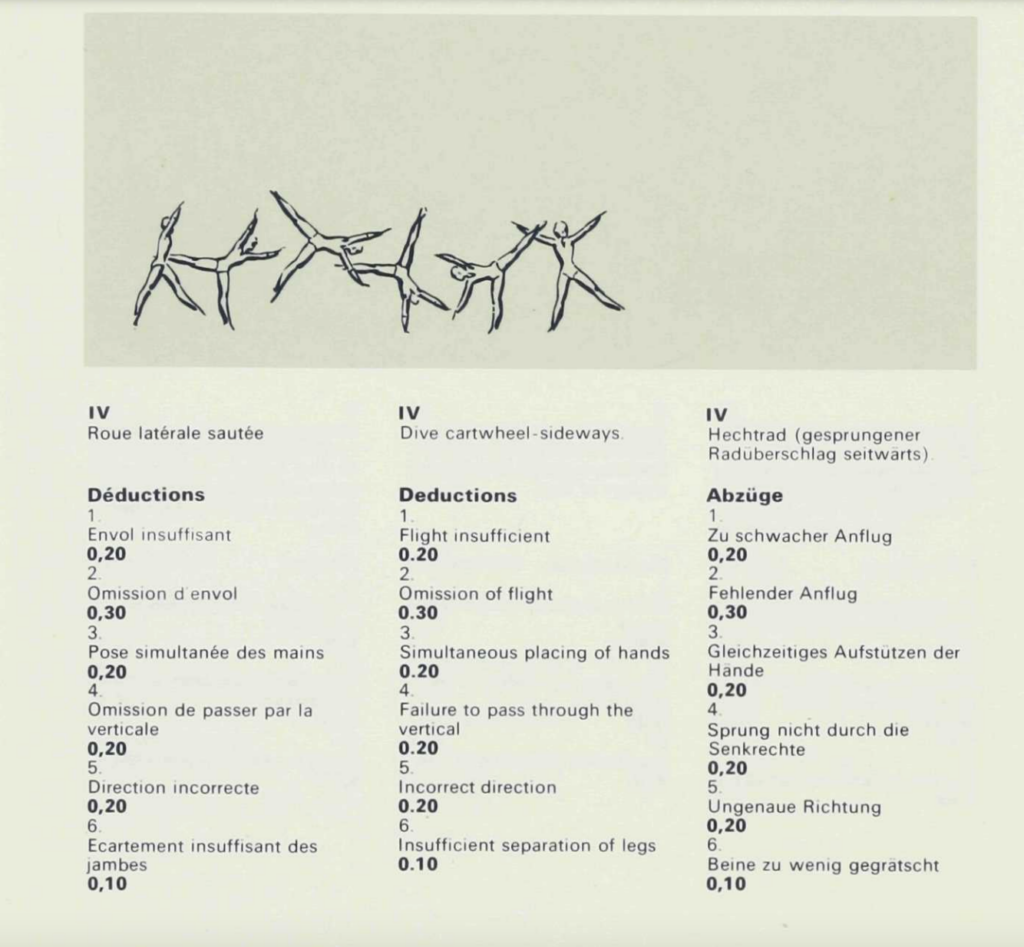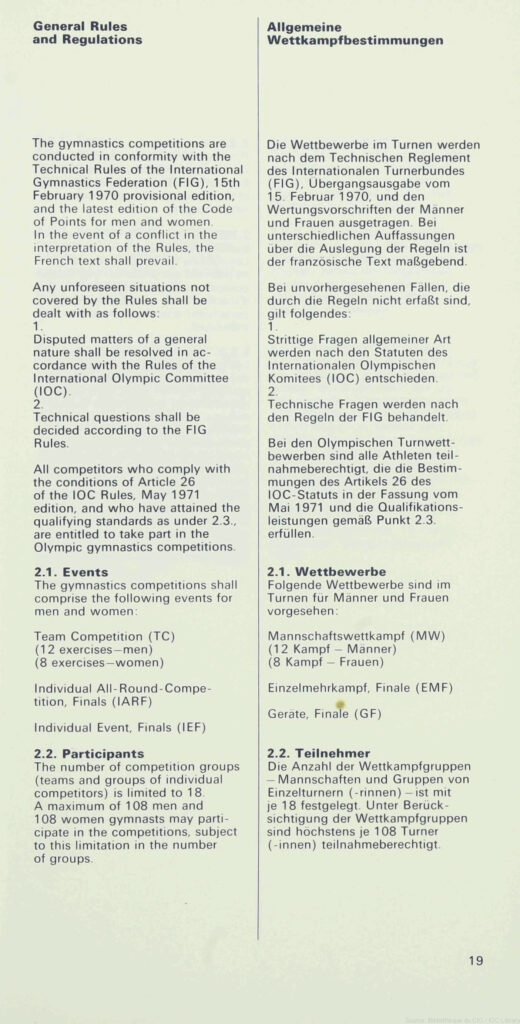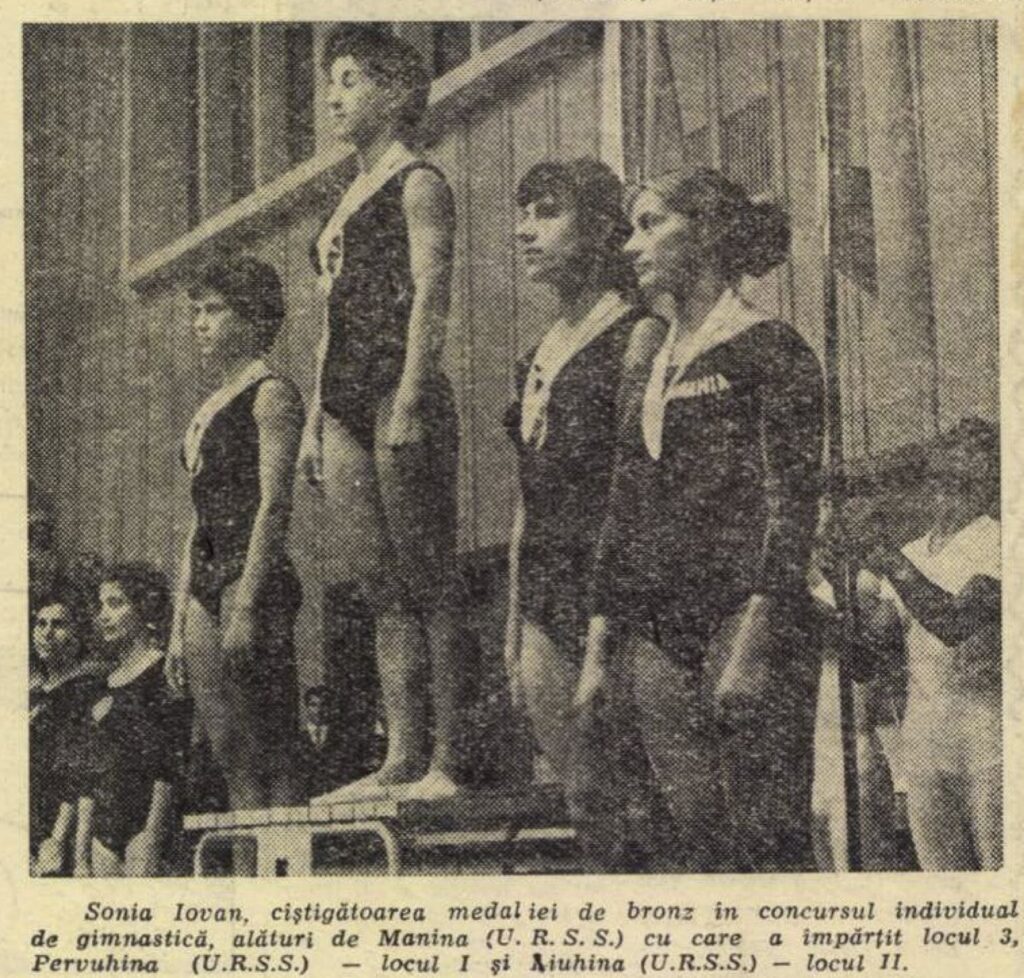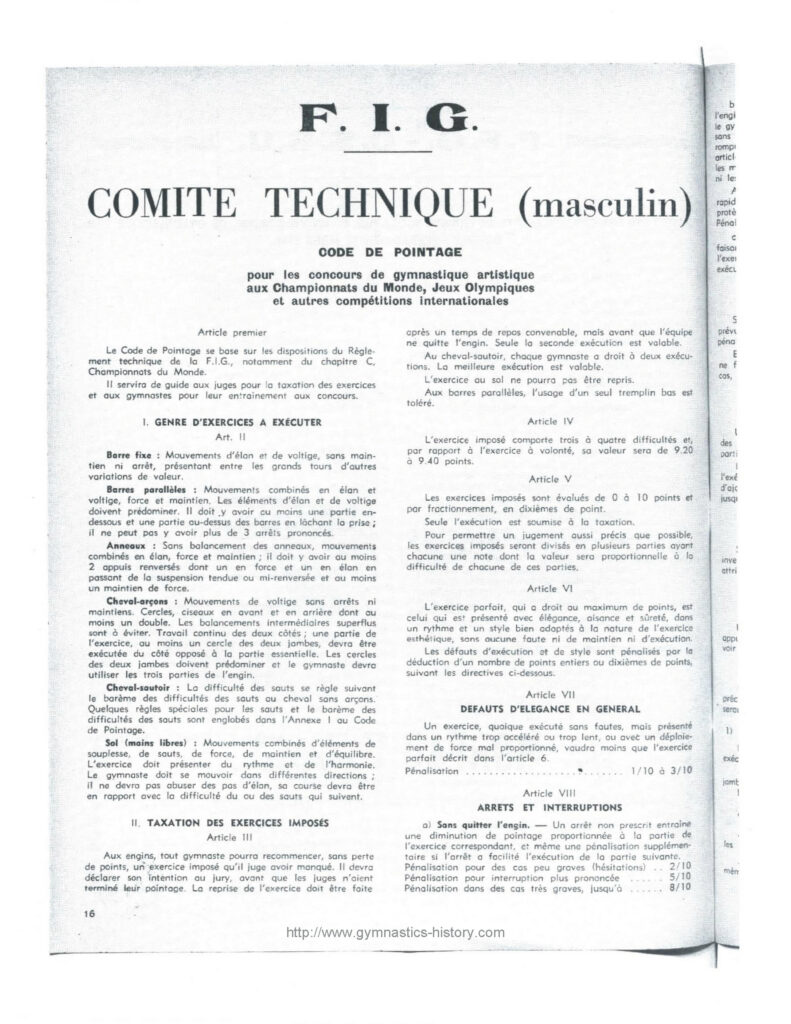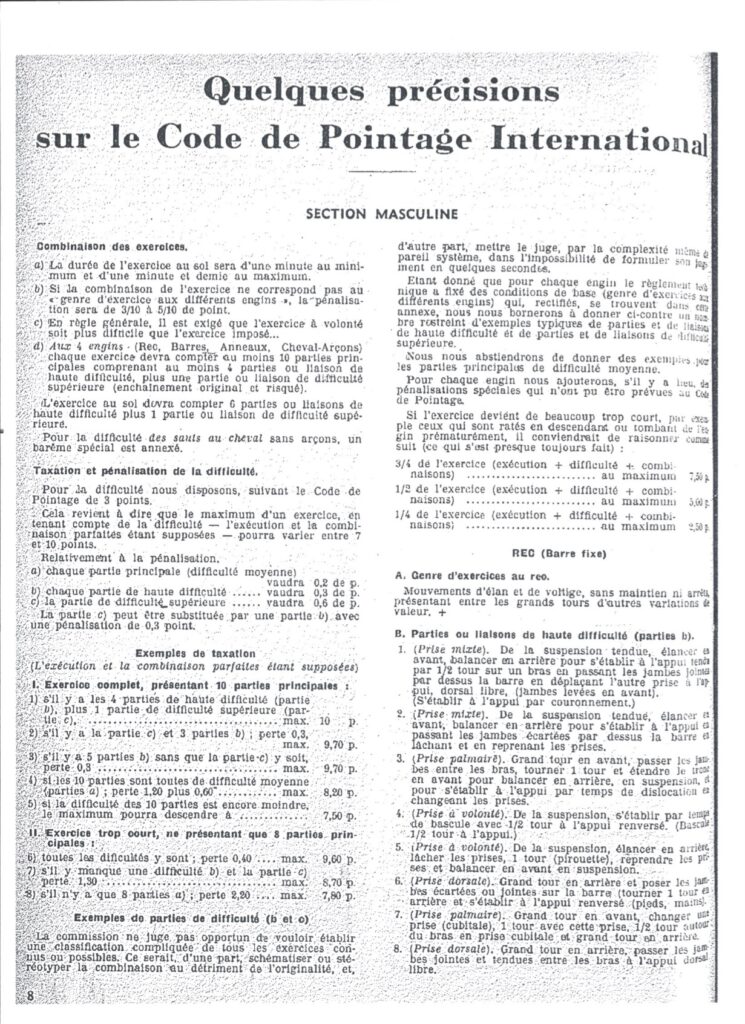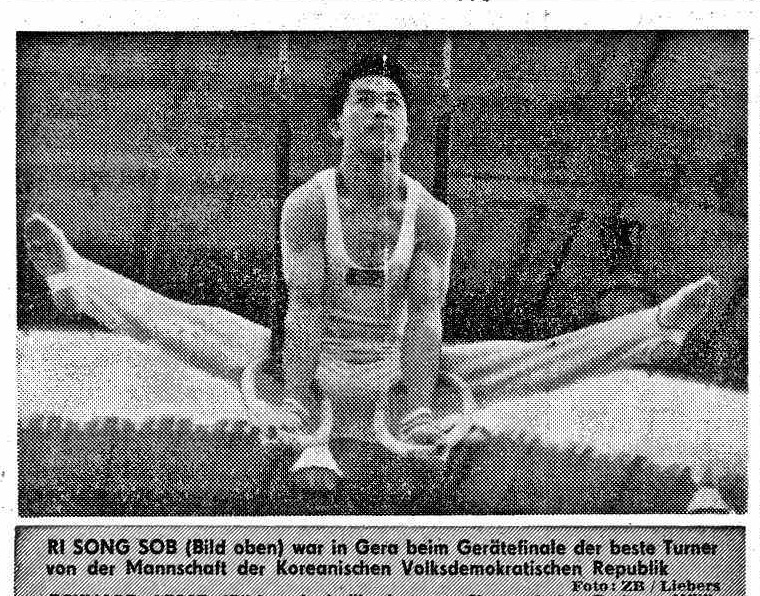In the lead-up to the 1972 Olympics, the first big test for Soviet gymnasts was the USSR Championships, held in Kyiv at the end of March and the beginning of April.
Tourischeva and Lazakovich were the clear favorites on the women’s side, but people were eager to see if gymnasts from the 1968 Olympics like Karaseva and Voronina could hang on. Dronova, another aspirant for the Olympic Team, was still recovering from an injury.
There were three clear frontrunners on the men’s side: Klimenko, Voronin, and Andrianov.
Here’s a short preview of the competition.
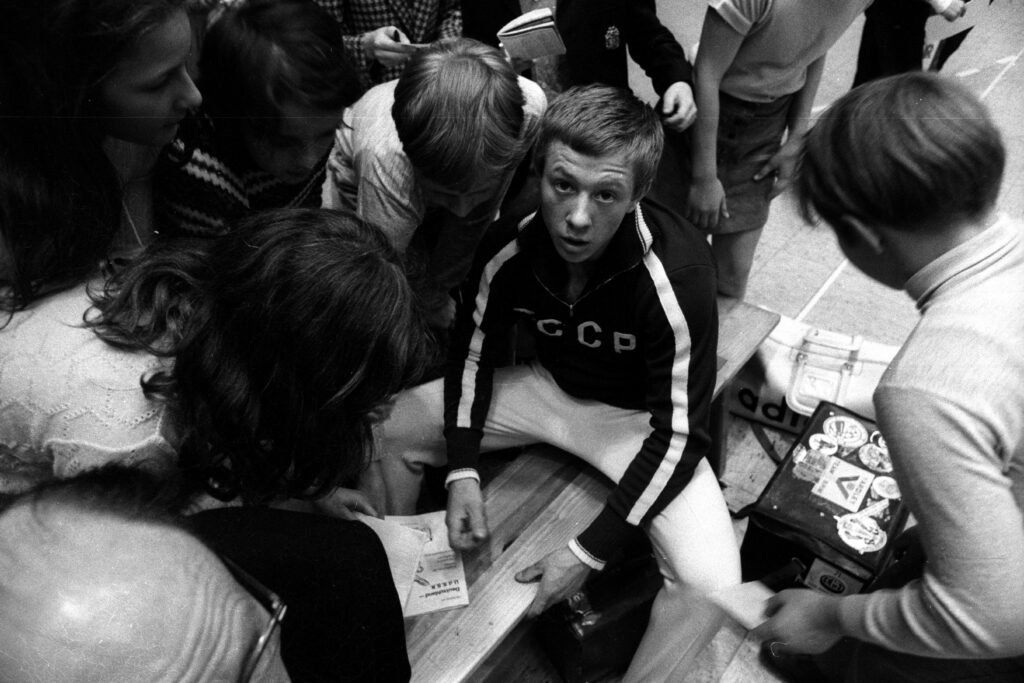
Reminder: The USSR Championships and the USSR Cup were two separate competitions. Both competitions were held in the lead-up to the 1972 Olympics.
Note: Korbut is not mentioned in the article. In her autobiography My Story, Korbut posits that Stanislav Tokarev, the author of this article, did not appreciate her gymnastics prior to the Munich Olympics.
